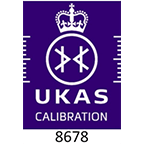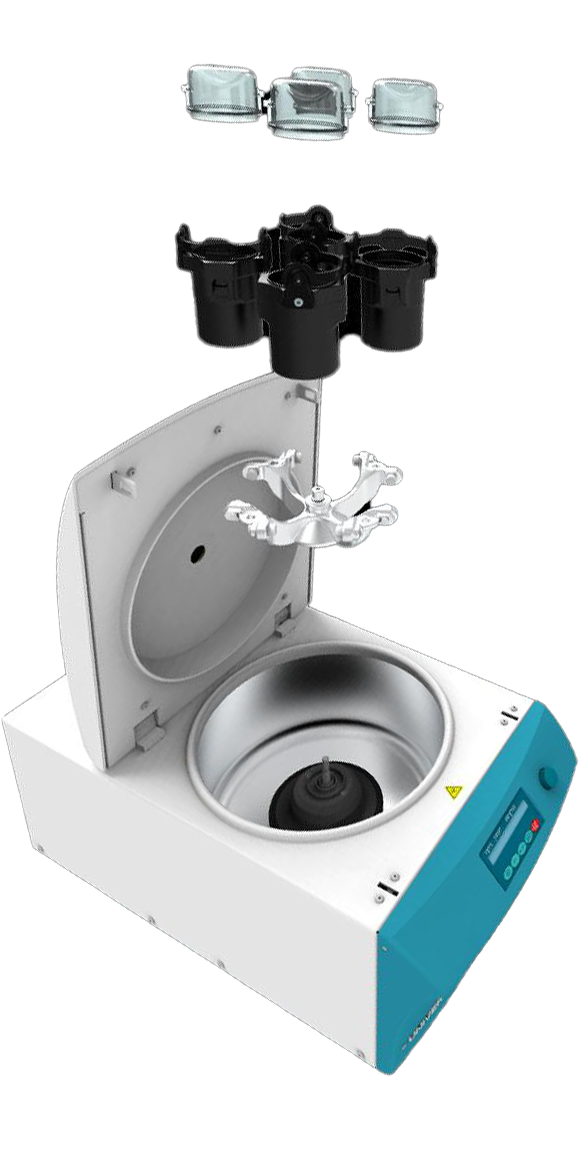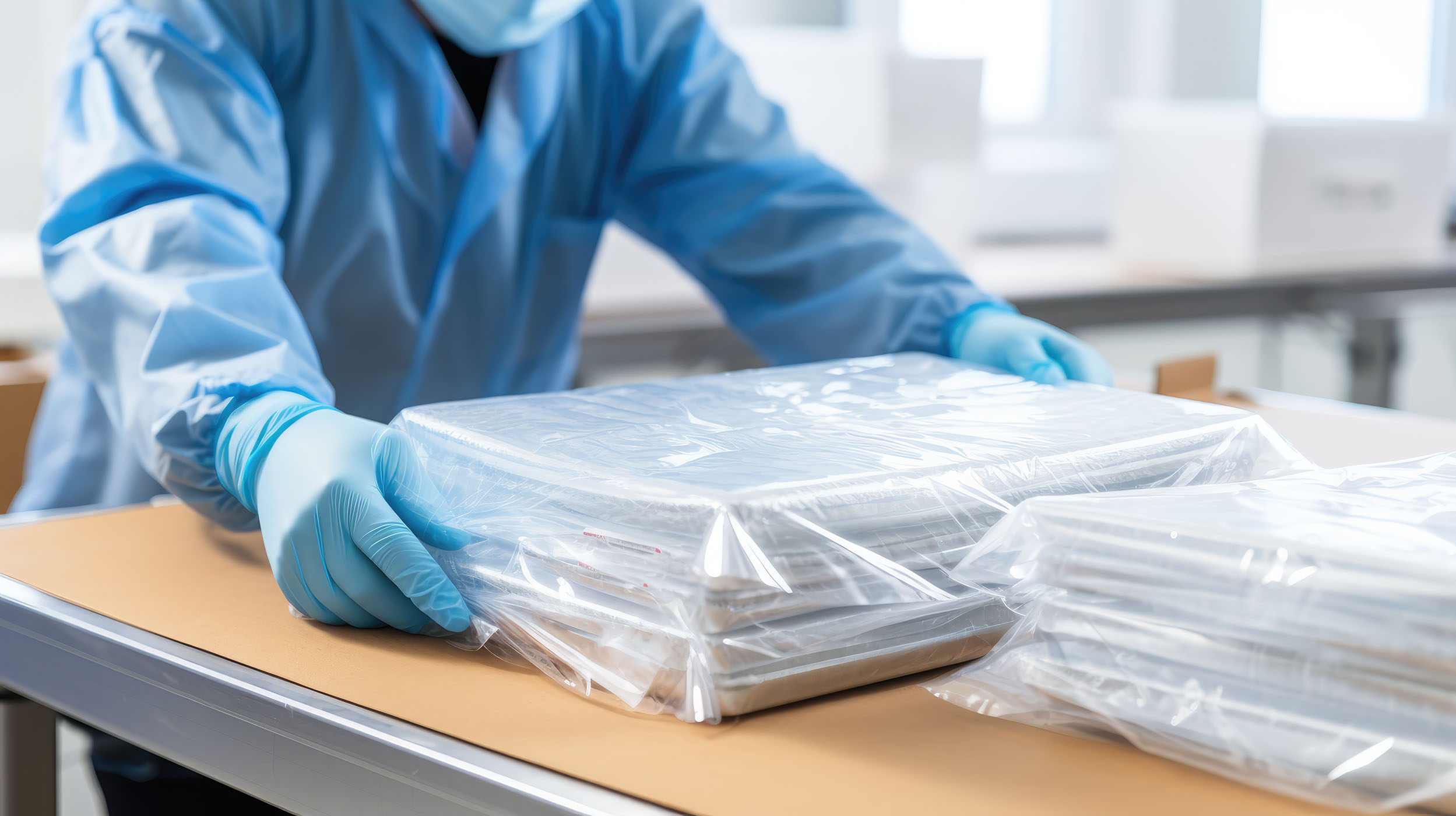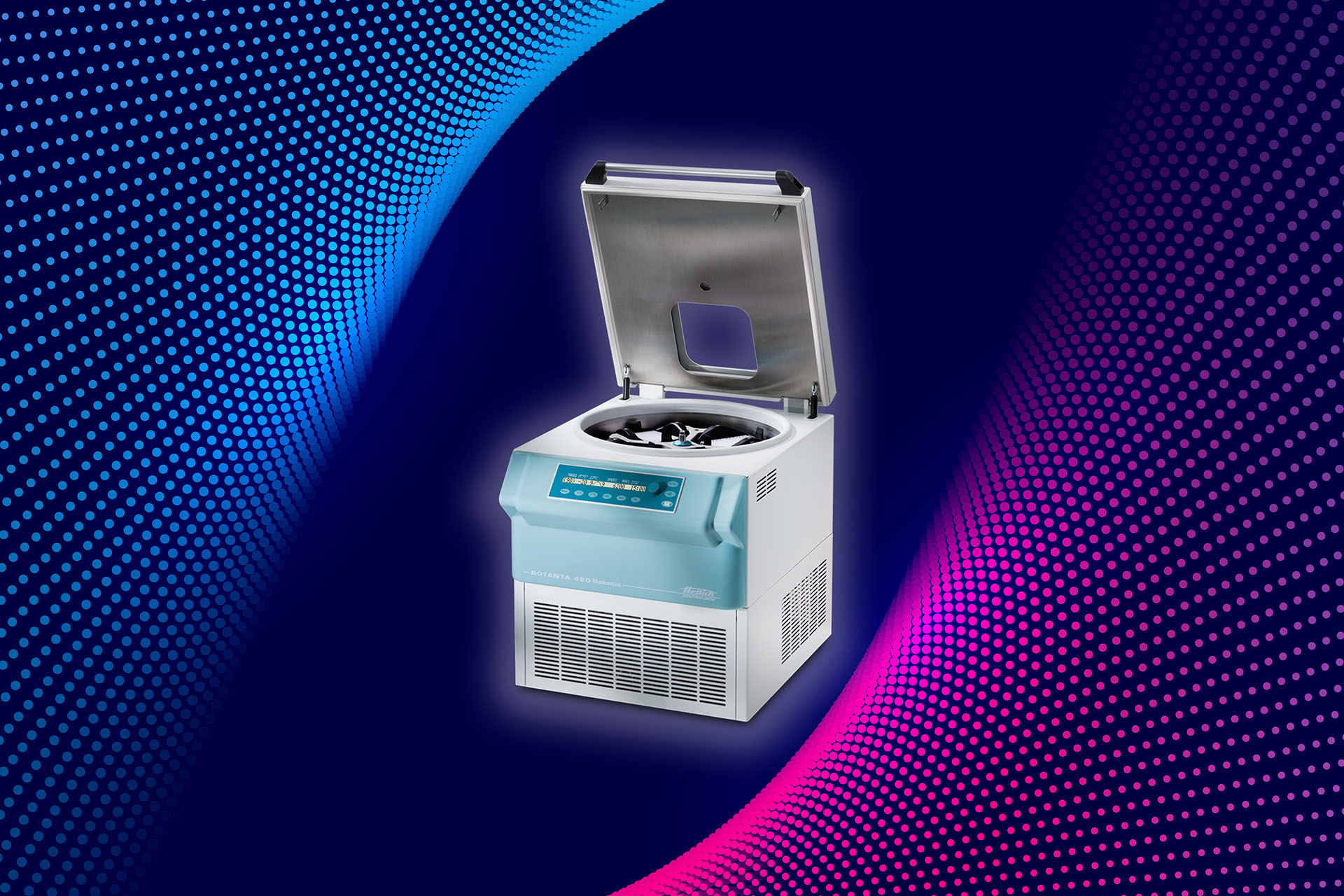One of the biggest problems that large hospitals across the UK face is being able to track mobile devices across their site. Unlike equipment such as safety cabinets, laboratory freezers and autoclaves, which tend to be located in a fixed position in a certain department, there are a variety of instruments, which, by their very nature, move from one location to the next within a hospital.
Considerable time can be wasted looking for devices and the utilisation of certain instruments cannot be maximised if they can’t be found on site. Another problem can be that certain departments end up purchasing additional devices they don’t need because they simply can’t find them. It is particularly frustrating when a certain device which was once considered to be lost has to be purchased again, only to subsequently find it some months later.
However, Radio Frequency Identification (RFID) tags and readers are providing a solution. RFID uses electromagnetic fields to automatically identify and track objects, thus improving efficiency and allowing clinical staff to focus on caring for patients instead of searching for missing devices.
So how does the technology work? First, each medical device is fitted with an RFID tag which cannot be removed. At pre-set intervals, the tag transmits a signal which contains a unique identification number. These signals are picked up either by fixed or mobile readers and the number is registered on a centralised database within the hospital. Within the number, there will be vital location information which allows the staff in the hospital to know where the instrument was last seen.
Milton Keynes Hospital first introduced RFID Discovery from Harland Simon in May 2012. Initially, 500 RFID tags were purchased and attached to mobile medical devices. These devices are then controlled in a centralised equipment library which tracks where they are in the hospital. The system knows where the devices are courtesy of some 22 fixed readers installed across nine key areas of the hospital.
In addition to this two mobile, handheld readers are used by senior management who carry out regular audits on areas where fixed readers have not been installed. This is because it is impractical to install static readers in this area.
In the past four years, a total of around 1800 mobile medical devices have been tagged. As a general rule, Milton Keynes Hospital tag any medical device which can be easily moved, and its value exceeds the cost of the actual tag itself.
The feedback from staff has been incredibly positive and the advantages of the system have been greatly appreciated. The system has proved so popular that there are now future plans at Milton Keynes Hospital to extend their RFID Discovery system to further areas of the site such as the labour and maternity wards. It is not known if this will become the norm for all NHS trusts, but given the success seen at Milton Keynes Hospital, it would seem logical to introduce RFID tags to improve efficiency.









